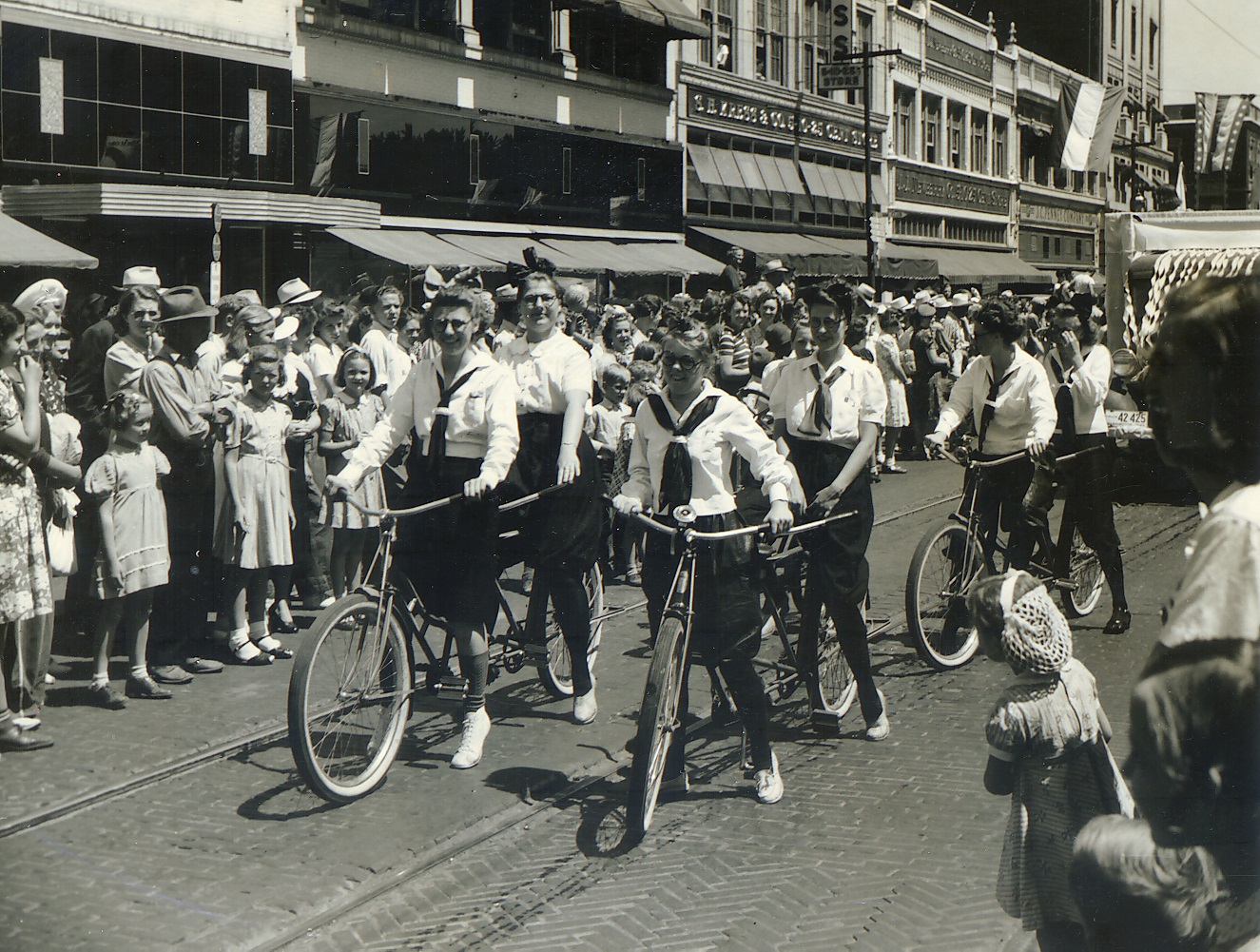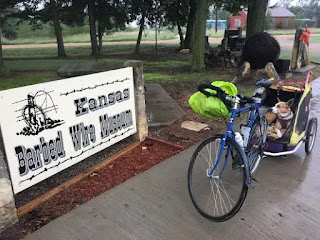When I started to write on the Web, one of the best pieces of advice I got was not to read the comments on what I write.
Of course, I don't follow that nugget of wisdom for this blog, as you, my dear readers, tend to be supportive and well-informed. The worst things I get are spam, which are the only comments I delete.
I have received a few mean-spirited or simply ignorant comments on my other blog. Even there, however, such nastiness or stupidity has been rare, even though the topic of that blog is something that incites more hatred and sanctimoniousness than just about anything I could write on this blog.
Some articles and essays of mine have been published about other topics, on other sites, under my actual name (which you see on this blog's masthead) as well as various noms de plume. Sometimes, I must admit, I sneak a peek at the comments on those. A few are nasty but, unfortunately, entirely predictable. But, for the most part, I have not been unpleasantly surprised.
Now, when it comes to comments on stuff not written by me, I rarely, if ever, read the comments. For one thing, I just don't have the time to read them all. But, perhaps even more to the point, I have seen even more ignorance, bile and arrogance than I find in response to most of my own work.
Today I read the comments after an article I came across. Mainly, I was curious about people's reactions town (Portage, Michigan) planning to build a bicycle skills course in a local park. One commenter, not surprisingly, railed against what he/she perceived to be a waste of taxpayer's money. A couple thought it was an OK idea; if nothing else, they thought that it would be safer for kids to ride there and that it might encourage them to get the exercise they need.
Probably the most ignorant comment, though, came from "Eddiebaseball", who said kids should be taught, among other things, to wear white at night and walk their bikes across intersections. Of course, walking a bike across every intersection would make it almost pointless for kids to ride their bikes to school: They may as well walk or take the bus. But I couldn't get too angry at "Eddiebaseball" because, well, I probably will never meet him (I'm assuming he's a dude.), but more important, I realized that the person was just reciting all the nonsense kids saw in bicycle "safety" films during the 1950s and '60's and, most likely, hasn't ridden a bike since then.
Another commenter, "Fullbowl", responded to "Eddiebaseball". Now, "Fullbowl"'s comment didn't restore my faith in humanity (Actually, I didn't lose what I have of it when reading EB's comment.). It did, at least, reassure me that there is at least one well-informed voice of reason among the site's readership.
Here is "Fullbowl"'s comment:
I've never been to Portage, but I imagine they are better--as any place would be--for "Fullbowl"'s wisdom. And I'm sure the kids will benefit from having that bike course.
Of course, I don't follow that nugget of wisdom for this blog, as you, my dear readers, tend to be supportive and well-informed. The worst things I get are spam, which are the only comments I delete.
I have received a few mean-spirited or simply ignorant comments on my other blog. Even there, however, such nastiness or stupidity has been rare, even though the topic of that blog is something that incites more hatred and sanctimoniousness than just about anything I could write on this blog.
Some articles and essays of mine have been published about other topics, on other sites, under my actual name (which you see on this blog's masthead) as well as various noms de plume. Sometimes, I must admit, I sneak a peek at the comments on those. A few are nasty but, unfortunately, entirely predictable. But, for the most part, I have not been unpleasantly surprised.
Now, when it comes to comments on stuff not written by me, I rarely, if ever, read the comments. For one thing, I just don't have the time to read them all. But, perhaps even more to the point, I have seen even more ignorance, bile and arrogance than I find in response to most of my own work.
Today I read the comments after an article I came across. Mainly, I was curious about people's reactions town (Portage, Michigan) planning to build a bicycle skills course in a local park. One commenter, not surprisingly, railed against what he/she perceived to be a waste of taxpayer's money. A couple thought it was an OK idea; if nothing else, they thought that it would be safer for kids to ride there and that it might encourage them to get the exercise they need.
 |
| Rendition of proposed bike ramp in Portage, Michigan |
Probably the most ignorant comment, though, came from "Eddiebaseball", who said kids should be taught, among other things, to wear white at night and walk their bikes across intersections. Of course, walking a bike across every intersection would make it almost pointless for kids to ride their bikes to school: They may as well walk or take the bus. But I couldn't get too angry at "Eddiebaseball" because, well, I probably will never meet him (I'm assuming he's a dude.), but more important, I realized that the person was just reciting all the nonsense kids saw in bicycle "safety" films during the 1950s and '60's and, most likely, hasn't ridden a bike since then.
Another commenter, "Fullbowl", responded to "Eddiebaseball". Now, "Fullbowl"'s comment didn't restore my faith in humanity (Actually, I didn't lose what I have of it when reading EB's comment.). It did, at least, reassure me that there is at least one well-informed voice of reason among the site's readership.
Here is "Fullbowl"'s comment:
Reply to @eddiebaseball: and while you're at it teach drivers how to leave their smart phones alone while driving, travel at the posted speed or a speed safe for the road conditions, stop at stop signs and lights, yield to pedestrians, give bicyclists room, make turns at the correct speed ending up in the correct lane, don't turn where prohibited, look at the big picture (far enough down the road) to anticipate needed maneuvers, don't tailgate etc. etc. etc.
I've never been to Portage, but I imagine they are better--as any place would be--for "Fullbowl"'s wisdom. And I'm sure the kids will benefit from having that bike course.
























